You are currently using a N-channel MOSFET as a high-side switch. Although this is possible, the more common configurations (i.e. easier to drive) are P-channel high-side switches and N-channel low-side switches. This question discusses the four possible topologies so I won't repeat that here.
I have redrawn your circuit using a P-channel MOSFET as a high-side switch.

When the gate to Q1 is grounded, the MOSFET will be on, and so will the LED. When the gate is high, then the MOSFET and LED will be off. So the logic is inverted as far as the STAT_LED_R line goes; a 0 turns on the LED, and a 1 turns it off.
You indicate the gate voltage you are using is 3.3V. Because R1 provides the necessary high voltage (4.2V) for the gate drive, then if the output pin is 5V tolerant, you can use an open-drain configuration for the pin and connect the gate of Q1 directly to the STAT_LED_R line.
If the output line is not 5V tolerant, then you will need to add a second N-channel MOSFET (Q4) to switch ground to the Q3 gate as shown on the right side. In this case, the logic is not inverted; a 1 on the output will turn on the LED.

